3rd Tech4Nature Summit held on 50th anniversary of World Environment Day
SHENZHEN, China, June 5, 2023 /PRNewswire/ -- On the 50th anniversary of World Environment Day, Huawei and IUCN highlighted smart solutions for supporting effective and fair management and governance of protected and conserved areas, and the growing importance of technology in tracking threatened species and protecting their natural habitats.
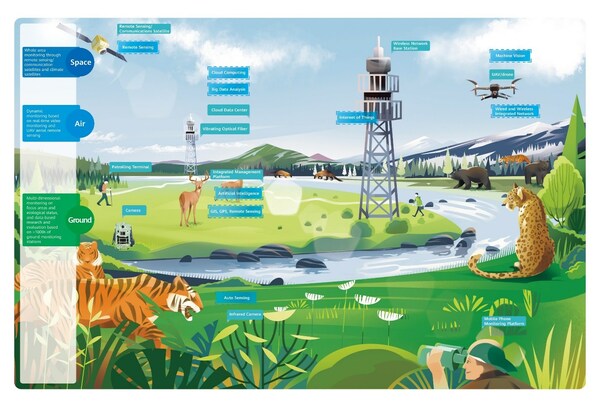
Innovative technologies used for tracking and monitoring biodiversity and nature conservation projects
Huawei and IUCN outlined a vision for protected and conserved areas, to leverage digital technology to help achieve global biodiversity goals. At the summit, the Smart Protected Areas White Paper was launched, jointly developed by Huawei, IUCN China and the Chinese Academy of Forestry, to share the blueprint for building smart protected areas, based on experience from China's protected areas.
The key to wildlife protection is understanding distribution, behaviors, seasonal trends of species, and how human activities may impact their patterns. This requires extensive data, which can be challenging to attain given remote and hard-to-access areas, often exacerbated by extreme weather. Early data collection and research efforts relied on scientists going into the field to install camera traps to capture images. These cameras needed to be maintained, their batteries replaced, and their memory cards replaced and analyzed; time - and labor-intensive processes that frequently resulted in data and images that were several months old.
Implementing next-generation digital technologies, such as cloud computing, IoT, mobile Internet, big data, and AI enables real-time data acquisition and interaction. This is key to improving smart sensing, analysis and management of species protection and area-based conservation efforts, making them more effective and thereby better at conserving nature.
Since 2019, Huawei has worked alongside over 30 global partners, including IUCN, to apply digital technologies to achieve effective conservation and restoration outcomes in 46 protected and conserved areas worldwide, from tropical rainforests in China's Hainan - home to the world's rarest gibbon, to wetland oasis in Italy, and coral reefs off the east coast of Mauritius.
For example, under Tech4Nature in Mexico where Huawei partners with IUCN, C-Minds, Polytechnic University of Yucatan, Rainforest Connection, and the local community of Dzilam has collected more than 30,000 photos, 550,000 audio recordings and numerous video clips of wild animals. An algorithm was developed and trained to help identify the different species, especially the jaguar, and to date, the team has identified 119 species, including 5 individual jaguars.
"We have gained a lot in the past three years of cooperation, during which time Huawei has worked with us to demonstrate the responsible use of new technologies in protecting nature. IUCN looks forward to longer-term collaboration with Huawei as a tech leader to help achieve global goals such as the target to conserve at least 30% of the Earth's land and water by 2030", said Dr Grethel Aguilar, Deputy Director General for IUCN.
The primary aim of the Smart Protected Areas White Paper is to realize the effective conservation of protected areas and the sustainable management of natural resources. Based on this target, the white paper identifies seven major scenarios, including ecological protection and restoration, resource management, and scientific research amongst others.
In these identified scenarios, four key capabilities need to be implemented, which includes comprehensive, multi-dimensional ecological sensing, integrated multi-network communications that can adapt to complex terrain, intelligent analysis that can process massive amounts of data from multiple sources, and the capability to apply analytical results to the operations and management of protected areas. This blueprint proposes a comprehensive solution architecture for smart protected areas based on the latest developments in digital technology.
"Biodiversity loss and climate change are two interrelated global environmental crises that require coordinated responses. While protecting nature, science and technology can also help thousands of industries with green development and better cope with climate change," said Tao Jingwen, Huawei's Director of the Board and Chairman of Corporate Sustainable Development (CSD) Committee.
Peng Song, Senior Vice President and President of Huawei's ICT Strategy & Marketing Department, said, "The Earth is our only home. Digital technologies can help protect nature reserves more effectively and promote the sustainable management of natural resources. Our original intention is to sum up the practice of science and technology in helping protect nature and to work with partners to promote the intelligent construction of more nature reserves."
According to the WEF's New Nature Economy Report, more than half of the world's GDP, about US$44 trillion, relies on nature and the services it provides. However, climate change and biodiversity loss are threatening the survival and sustainable development of humanity. A new nature economy could generate up to $10.1 trillion in annual business value and create 395 million jobs by 2030
To explore the future potential of smart nature conservation, the summit brought together TECH4ALL partners, including the Yucatan state government of Mexico, the Mexican innovation agency C Minds, IUCN China, WWF Italy, Rainforest Connection, and Shandong Yellow River Delta National Nature Reserve.
Background
June 5 is 50th annual World Environment Day. Led by the United Nations Environment Programme (UNEP) and held annually on 5 June since 1973, World Environment Day is the largest global platform for environmental public outreach and is celebrated by millions of people across the world. In 2023, it is hosted by Côte D'Ivoire.
About TECH4ALL
TECH4ALL is Huawei' s long-term digital inclusion initiative and action plan. Enabled by innovative technologies and partnerships, TECH4ALL is designed to help promote inclusion and sustainability in the digital world.
For more information, please visit Huawei TECH4ALL website
https://www.huawei.com/en/tech4all
Follow us at:
https://twitter.com/HUAWEI_TECH4ALL
Contact the TECH4ALL Program Office
tech4all@huawei.com
 2 years ago
344
2 years ago
344 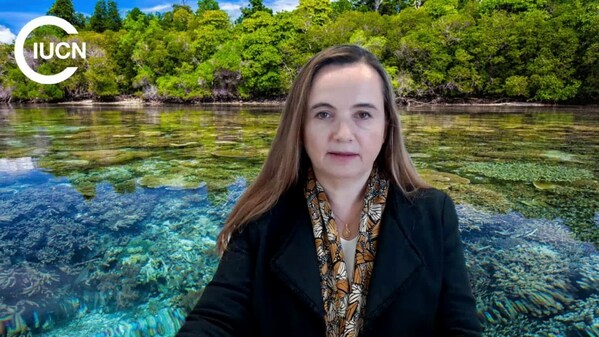
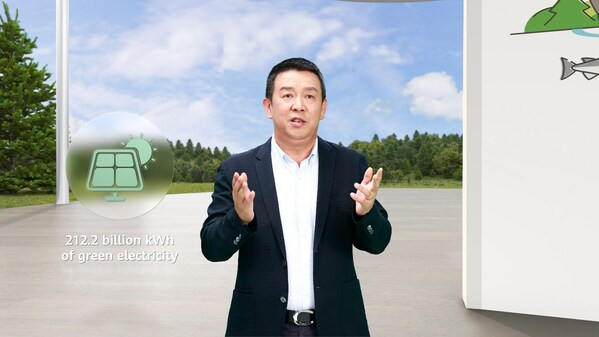




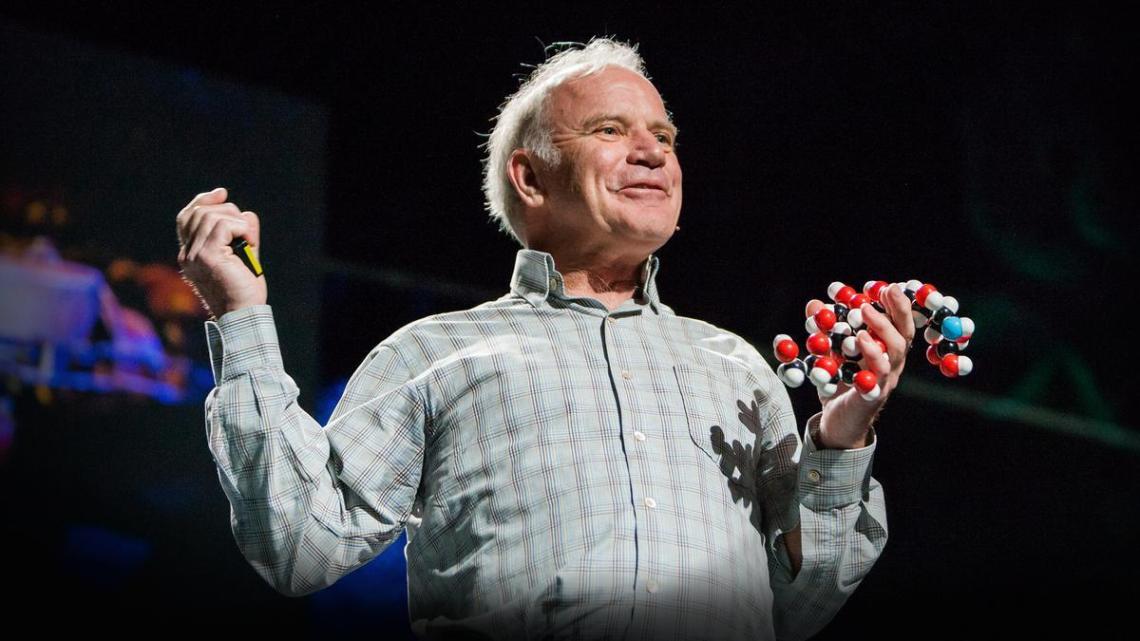
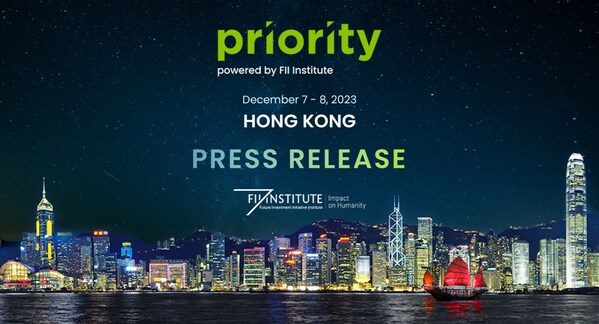

 English (United States)
English (United States)